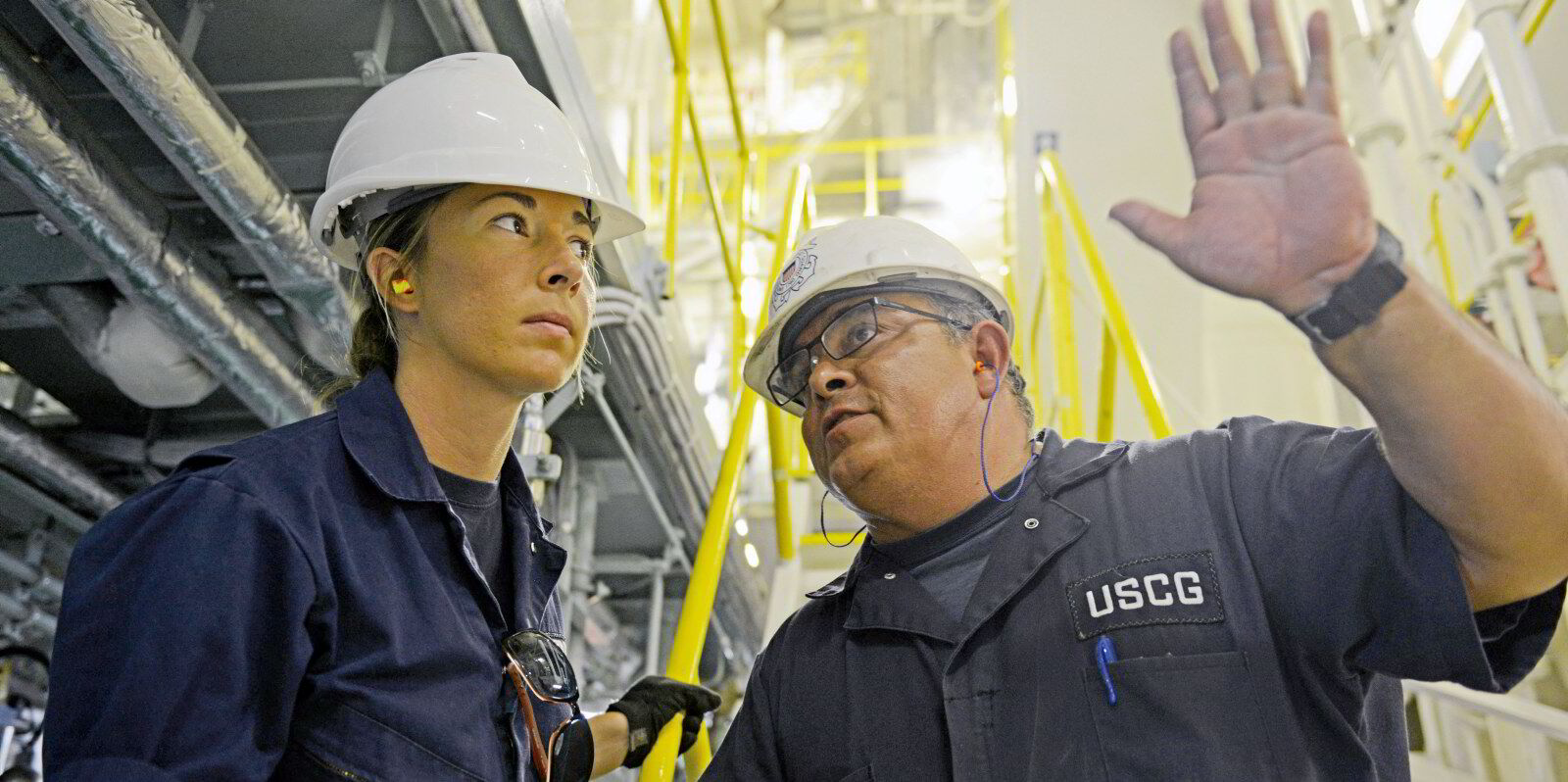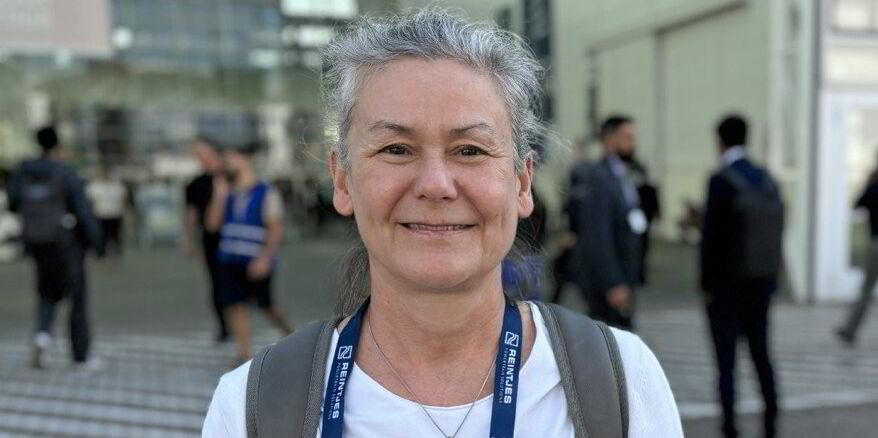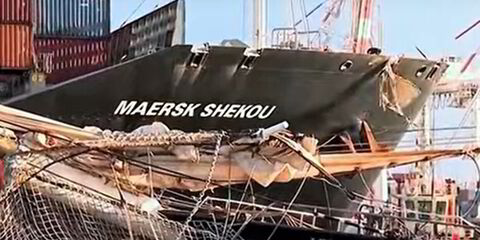The successful targeting of substandard vessels by port state control regimes could be greatly improved with better use of data from major casualties, according to a study.
More than 70% of vessels involved in serious incidents in 2020 or 2021 had not been inspected in that same year by the global PSC regimes charged with weeding out problem ships, researchers say.
A follow-up study based on five years of fleet data, shipping and inspection records suggests that improved risk prediction modelling could nearly halve the number of risky ships being missed for inspection.
One of the authors of the paper told TradeWinds that she developed a model that shifted the focus away from detention history to analysing the nature of ships involved in serious incidents to try to improve the potential hit rate for inspections.
Dr Sabine Knapp said the 10 global PSC regimes use different ways of identifying risky ships but generally put too much emphasis on flag state and previous detentions when singling out a vessel for inspection.
Some regimes rank flag states and recognised organisations on the basis of black, grey and white flags based on deficiencies and detentions. In the European regime, the rating of the flag feeds into a risk calculator that informs the frequency of inspections.
“Flags are not really important in predicting future risks,” said Knapp, an independent consultant who has previously worked for the International Maritime Organization and the Australian Maritime Safety Authority.
“If I wanted to identify a high-risk vessel that should be selected for inspection to reduce incidents from happening in the first place … flags are not an important factor.”
Knapp and a colleague used data including 1.5m deficiencies identified in 790,000 inspections, 50,000 incidents and the details of more than 130,000 ships to identify the most significant factors in predicting serious events.

Top indicators include the size of the vessel, its age and how long the beneficial owner has been in operation, said Knapp. The results of the research, published by Rotterdam’s Erasmus University, suggest there is “ample room for improvement” for port inspections.
PSC is one of the key bodies involved in reducing the level of substandard shipping amid broader concerns over the growth of lightly regulated shadow fleets hauling oil from countries hit by Western sanctions.
But the leadership of Europe’s PSC body complained last year that its importance had increased owing to other parts of the maritime industry — notably shipowners, flag states and recognised organisations — failing to play their part.
The standard of PSC regimes is variable, said Knapp. And she warned that some of the highest-risk shipping ends up in the Indian Ocean as it is forced out by better-regulated areas, such as Europe and the US.
The Paris MoU, one of the leading regulators that covers Europe, targets ships based on a calculation of their inspection history and factors including age and ship type, its website says.
Additional inspections are ordered in cases that include a ship being linked to safety problems, erratic navigation or being suspended by a classification society, according to the publicly available inspection agreement.
However, other regimes do not use risk profiling but have an inspection system that targets as few as 10% of ships from each flag per year, according to IMO documents. All regimes claim to have a targeting system.
Detention rates in 2023 range from more than 4% under the Tokyo regime, which broadly covers the Asia-Pacific region, to 0.61% under the 16-member grouping of Central American and South American states.
The regimes are looking to create an overarching database in conjunction with the IMO and have pledged to “further strengthen the cooperation by sharing operational experience”.
An IMO spokesperson said it did not generally comment on outside reports but said studies could be scrutinised by one of its committees. The IMO said the committee “provides opportunities to review data and any recommendations”.
Other studies have highlighted the significance of detentions in determining the prospect of casualties.
Research by the Nordic Association of Marine Insurers in 2018 found that total losses of ships under 10,000 gt were seven to nine times higher for vessels that had been detained within the previous three years than those that had not.
It said detention data was a useful tool for insurers while conducting an overall risk assessment of the fleets they covered.(Copyright)
Read more
- Aframax tanker tied to dark activities sold for recycling at very low price
- Firefighters avert ‘major catastrophe’ after blaze hits MSC container ship
- Compensation boost for victims of worst Singapore oil spill in over decade
- Europe bans cargo ship that skipped repair call on 36 deficiencies
- Sanctions sting sees shadow fleet tankers swinging at anchor




